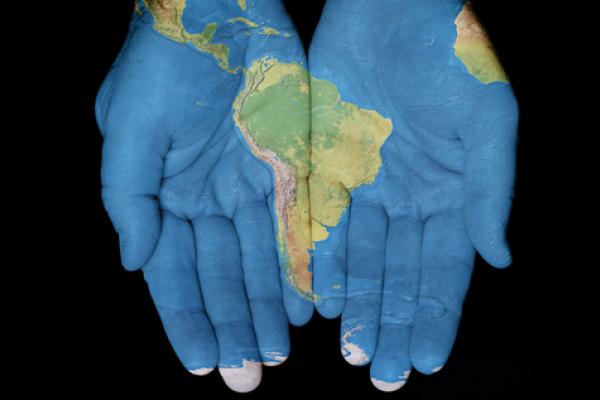Feb 18, 2013
As the 117 Roman Catholic cardinals walk into the Sistine Chapel next month for the election of a new pope, one hopes that they fully recognize the unfolding, dramatic pilgrimage of world Christianity: The demographic center of Christian faith has moved decisively to the Global South.
Over the past century, this astonishing demographic shift is the most dramatic geographical change that has happened in 2,000 years of Christian history. Trends in the Catholic Church — comprising about 1 out of 2 Christians in the world — have generally followed this global pattern:
- In 1900, about 2 million of the world’s Catholic faithful lived in Africa; by 2010, this had grown to 177 million.
- 11 million Catholics were found in Asia in 1900; by 2010 there were 137 million Asian Catholics.
- Through colonial expansion, 59 million Catholics populated Latin America and the Caribbean in 1900; but by 2010, that number had grown to 483 million.
- In 1900, two-thirds of the world’s Catholic believers were in Europe and North America; today, two-thirds are in Latin America, Africa, and Asia.
Read the Full Article

Already a subscriber? Login
